Why Are Some Mushrooms So Hard To Grow?
Why can’t all mushrooms be cultivated?
Why are some at the grocery store, and some need to be wild harvested?
The sad truth is – not all mushrooms are so easy to grow. In fact, some of the world’s most popular gourmet mushrooms are still only found in the forest.
1. Saprophytic Fungi
The first group, the saprophytic fungi, are mushrooms that grow on dead or dying matter. They release enzymes that can break down this dead matter, like wood chips, straw, or mulch.
Mimicking this natural process is pretty easy to do, which is why most cultivated mushrooms, like Oysters, Shiitake, Button Mushrooms and Enoki are all saprophytic fungi.
2. Parasitic Fungi
The second group, the parasitic fungi, is just what it sounds like. These are mushrooms that attack living organisms.
This ecology makes them much more difficult to cultivate. Parasitic fungi are mushrooms like Cordyceps sinensis, which attacks ghost moths, and Honey Mushroom which attacks living trees.
3. Mycorrhizal Fungi
The third group, mycorrhizal fungi, are mushrooms that grow by forming a symbiotic relationship with other plants.
This subject can get pretty complicated, but put simply, this works through an exchange between the roots of the tree and the mushroom mycelium. The mushroom provides the tree with water and nutrients, and in exchange receives the carbohydrates it needs to grow.
These relationships are often complex, and not yet totally understood, making cultivation of mycorrhizal fungi very difficult to do.
Unfortunately, many of the world’s best gourmet mushrooms are mycorhizzal, and can’t yet be cultivated at scale the same way we cultivate other mushrooms.
So let’s go over some of these mushrooms that are much harder, or impossible to grow.
Chanterelle Mushrooms
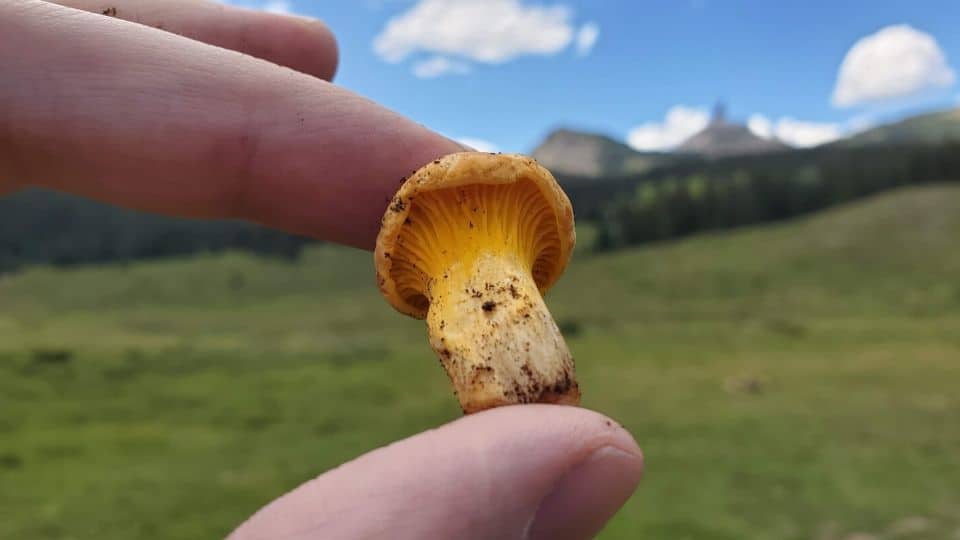
This prized edible fruits in late summer and fall, and is definitely a favorite among mushroom hunters.
Chanterelles are of course mycorhizzal. There are a number of different species of chanterelle, but they are pretty easy to identify if you know what you are looking for.
The chanterelle is usually yellow to golden, has “ridges” instead of gills, and has a very distinct smell kind reminiscent of apricots.
You’ll find chanterelles in semi open areas, with a lot of lichen, and if you look closely you’ll see them poking through the ground.
If you see one chanterelle, be sure to look around, because you are likely to see a bunch more!
Porcini Mushrooms
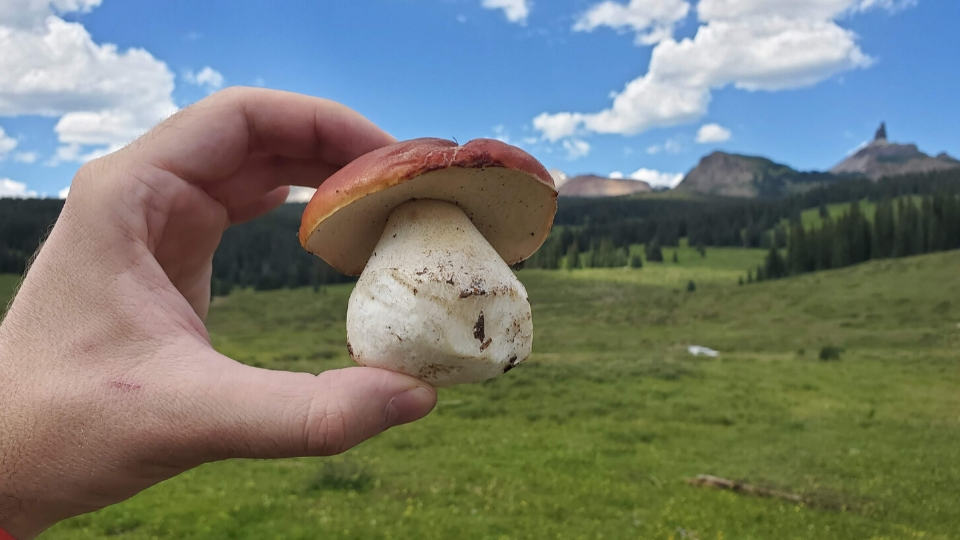
Otherwise known as Boletus edulis, or the King bolete, Porcini mushrooms are one of the most beloved wild mushrooms in the world.
In the Rocky Mountains (which is where I have done most of foraging for porcini) the actual species is Boletus rubriceps, but the distinction is not that important.
Porcini can be found in all different shapes and sizes from small buttons to huge monsters.
You’ll find them in pine forests, often with the caps covered in ground cover or pine needles.
Although there are lots of different species of bolete, the edible porcini are relatively easy to identify.
They have pores instead of gills, a white bulbous stalk that is reasonably smooth, and a red-brown cap. If you find bigger ones, make sure you cut them in half to check for bugs, because they are quite often bug eaten and no good.
Aspen Bolete
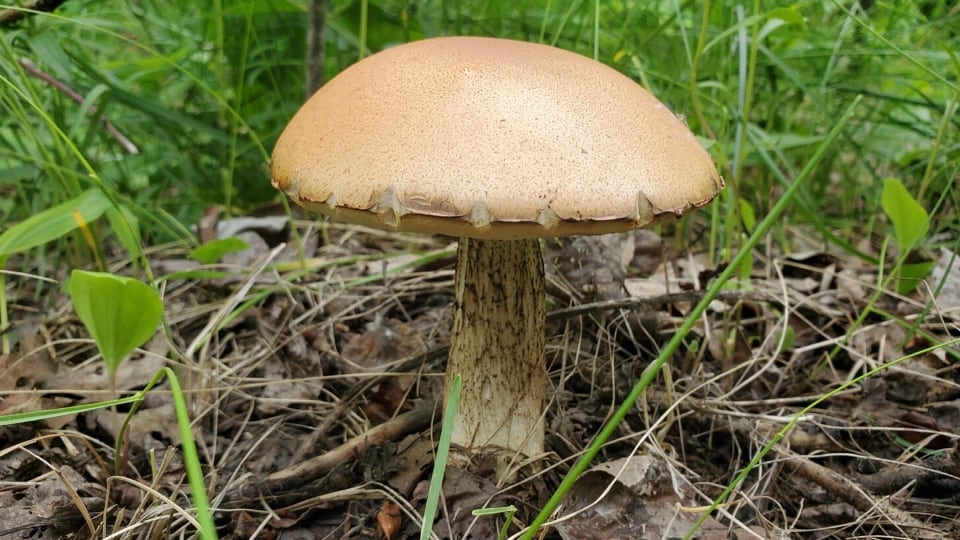
Another honorable mention is Aspen bolete, which to the untrained eye might look similar to porcini.
The major difference is that it has a rough stalk, and is sometimes referred to as scaber stalk.
This one is edible, though not nearly as delicious as porcini, and can sometimes cause digestive issues.
Lobster Mushroom
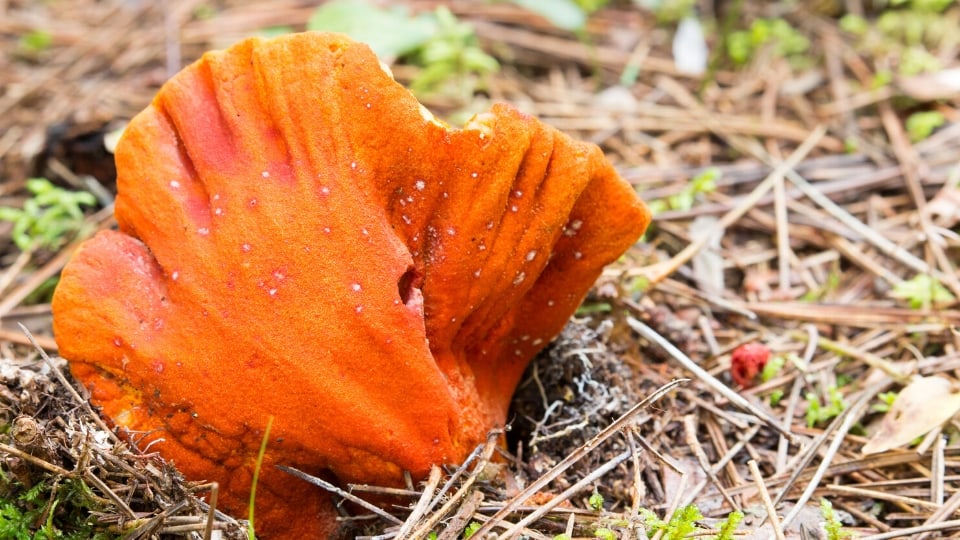
Believe it or not, contrary to its name, Lobster mushroom is not actually a mushroom.
Hypomyces lactifluorum is a parasitic fungus that grows on other mushrooms – turning them into a reddish-orange fruit body that resembles the skin of a lobster.
It parasitizes lactarius and russula mushrooms, making the original mushroom rendered unidentifiable. Luckily the end result is something that is more delicious than the original mushroom ever could be.
Lobster mushrooms are easy to identify, and nothing else really looks quite like them.
Look for them in the forest, or in your local farmer’s market in the summer and fall.
Hedgehog Mushroom
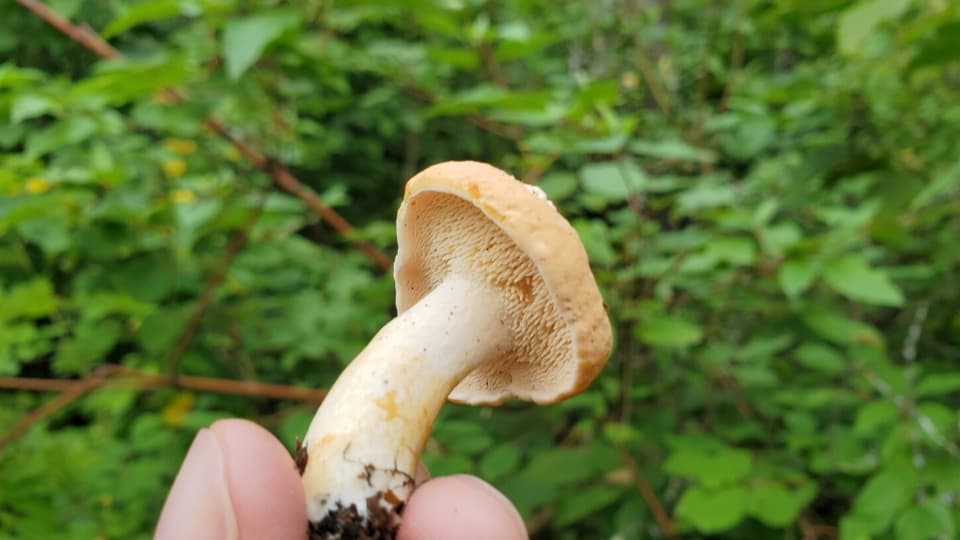
Next up we have the hedgehog mushroom, which is another mycorhizzal mushroom popular among foragers.
You can look for these in the summer and fall in leafy matter in deciduous forests.
Hedgehogs kind of look like a chanterelle, but a quick look under the cap will reveal teeth instead of ridges or gills, which makes them immediately recognizable.
Truffles
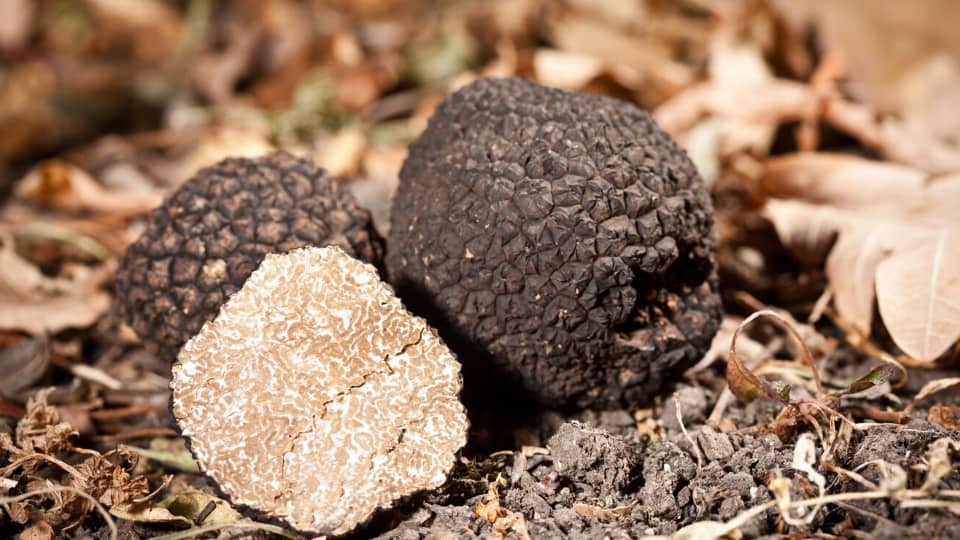
Of course, if we are talking about valuable gourmet mushrooms we can’t overlook the truffle, another unique mycorrhizal mushroom.
Truffles grow underground at the base of trees, and there are lots of different species and lookalikes.
Since they grow underground, they are hard to find… which is why you may have heard of truffle pigs or truffle dogs that are trained to sniff them out.
Truffles actually can be cultivated, although the process is much more complicated and time consuming than most other cultivated mushrooms.
In general, this is done by inoculating the roots of saplings with truffle mycelium, planting the trees, and harvesting the truffles several years later.
Morels
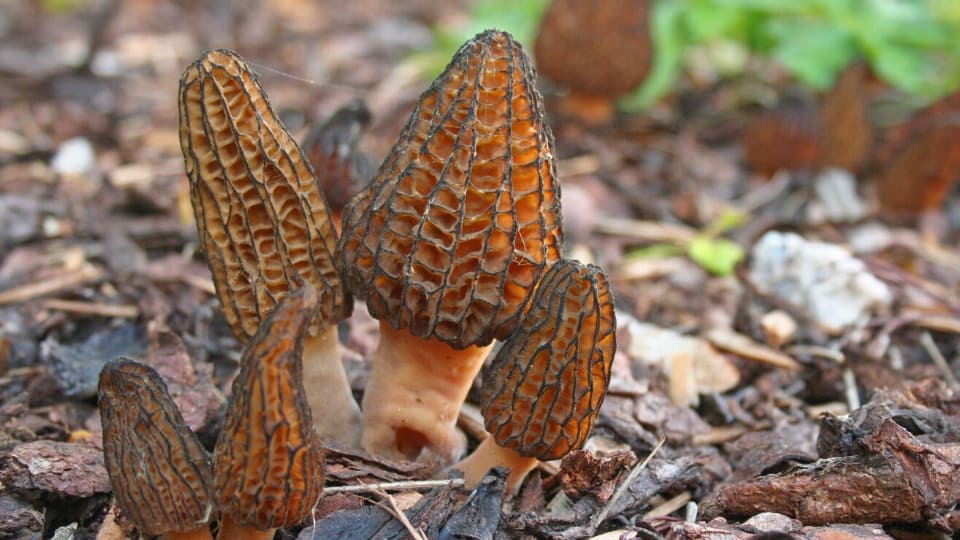
Finally, we have Morels, which are actually starting to be cultivated in parts of the world.
The vast majority of morels in North America, however, are still wild harvested.
Morels can be found in the period of a few short weeks in early spring, not long after the snow has melted.
They are super easy to identify, and a great mushroom for beginners.
There are “false morels” but they really don’t look like true morels at all.
I did a whole video on the difference between true morels and false morels that you can check out if you are interested in learning more.
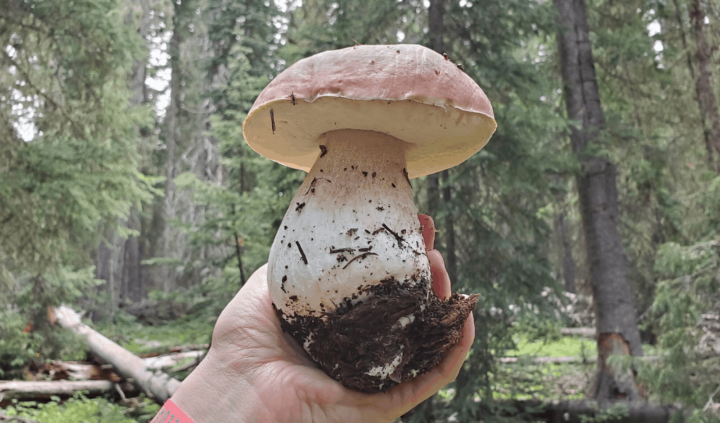
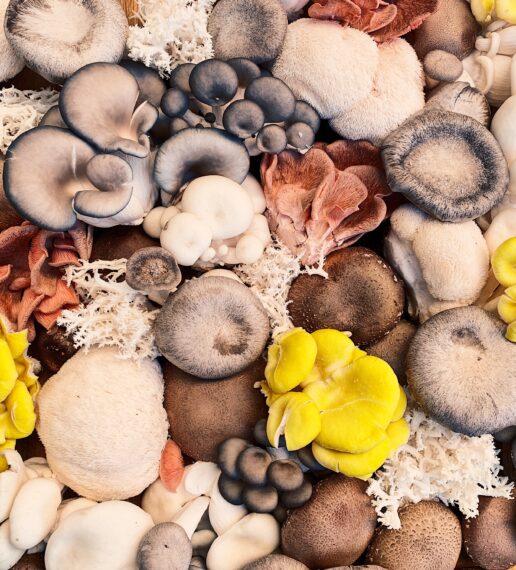

Love your great summary!
Thank you!
very interesting!! 🙂 the true morels and false morels video is 404.
Thanks! Ya, YouTube took that video down… no idea why!